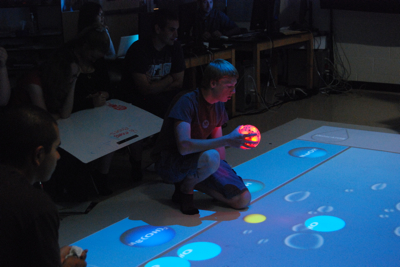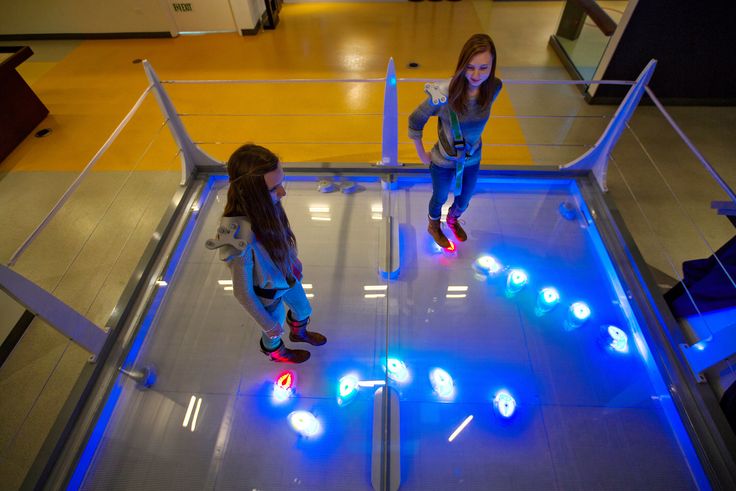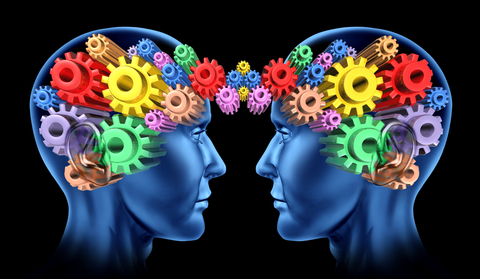Engaging students in their education has been an ongoing challenge that increases every year. We all agree that students need to be invested in their education, but the 2016 Gallup poll of nearly a million U.S. students confirms that engagement has been dropping, especially as students advance in grade. Only half of adolescents reported feeling engaged in school while a fifth are disengaged. 10 percent are both disengaged and discouraged. There is no question about it. Engagement is the cornerstone of learning. Teachers want their students to be attentive, taking notes, listening and asking questions, participating in the lessons.
Engagement is a precondition for learning. No learning happens until students agree to become engaged with the material.
- Jal Mehta, Associate Professor of Education, Harvard, quoted from Bored Out of Their Minds
The solution seems so simple. To increase student engagement, teachers need to increase student activity. Ask students to apply the knowledge and skills they have learned. Employ learning activities in between lectures. This will give them time to practice and move around. Students can talk with one another and discuss the lesson. Make your lessons so engaging that students find it difficult not to participate.
It sounds so easy. Put the learner in charge of learning while the teacher merely facilitates. Create a rich learning environment that motivates students to learn. Group projects and activities can help stimulate engagement, but students are unique and individual. They have skills and abilities on such a broad spectrum. This greatly influences their learning style and ability to learn.
If you see human potential as a bell curve and there are only some kids who are going to be great and most kids are mediocre, then engagement really wouldn’t matter. But if you really believe that all kids are capable, then you would build environments that really worked hard to sustain engagement and nurture potential.
- Todd Rose, director of the Mind, Brain, and Education Program
For the Venn Diagrammer scenario, teacher Lucy Stickler at Providence Day School in Charlotte, North Carolina created an activity challenging students to sort organelles as to whether they are found in a plant cell, an animal cell, or both. In Venn Diagrammer, teams of students collaborate to categorize items into sets.
The 21st Century Learning Environment
Education is advancing with the help of technology. The conventional classroom is changing. The practices of the traditional classroom are no longer effective in engaging students.
In the 21st century classroom, lessons are more centered on the students. Teachers are more facilitators of learning. Teachers can help students think critically taking an inquiry based approach and requiring justification for answers. Students are actively learning, working together to solve problems, communicating and collaborating where they are able to apply skills to content.
Technology allows for 24/7 access to information, constant social interaction, and easily created and shared digital content. In this setting, educators can leverage technology to create an engaging and personalized environment to meet the emerging educational needs of this generation. No longer does learning have to be one-size-fits-all or confined to the classroom. The opportunities afforded by technology should be used to re-imagine 21st-century education, focusing on preparing students to be learners for life.
- Karen Cator, Director, Office of Educational Technology, U.S. Department of Education, quoted from How Do You Define 21st-Century Learning?
Engaged students at Wildwood School are learning about Disease Transmission. This scenario helps students understand how infectious diseases are contracted and spread. They will learn how different types of medications affect them. With this scenario students experience variations of a simulation of disease transmission in a closed system to deduce the cause of transmission.
SMALLab is grounded in contemporary research that reveals how learning is most effect when it is kinesthetic, collaborative, and engaging.
The mission of SMALLab Learning is to embed teaching with technology into schools and classrooms in order to improve instruction, learning and learning outcomes. Its flagship product⎼the SMALLab Embodied Learning Environment⎼creates a collaborative, full-body learning environment where students can see, hear, and even touch the experience in order to drive more effective learning. Multiple empirical research studies have measured 86% increases in student learning and 6.7X increases in student collaboration.
The SMALLab Experience Program allows educators to see SMALLab firsthand, and even bring SMALLab to your campus for a no-obligation trial period.
Find out how you can visit a SMALLab near you.
























